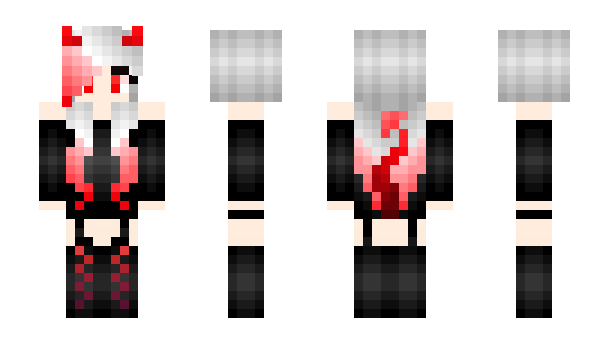

✅ Our app offers all skins for free without having to make purchases in the application.

Once you've decided what you want to look like in Minecraft you just have to decide what you want to do:Ģ⃣ Save in the image gallery of your smartphone. To make sure you don't miss anything, every aspect is displayed in 3D so you can rotate and see every detail of the skin. There are categories with more than 5000 skins and others more exclusive with less but sure you will find the look you like! Among our selection of skins we have the following categories:Įach category or aspect pack has thousands of skins. The application has more than 20 categories and is continuously adding new skins packs that become fashionable or those that are the most sought after and loved by all players. Our skins have nothing to envy to the skin packs that there are in the store and you will not need to spend Minecoins to buy them.

You can try it out yourself at: MyMCSkins you can enjoy over 30,000 free skins to change the default Minecraft look. In the future I need to start deleteing these images just to not take up too much space but as of right now the full app is up and running. These images are given a random ID and then sent back to the user.The Python app does the cropping and moving needed to build the final skin and builds two images, the preview and the full skin.The server starts a new instance of the Python app providing the image and color.In the end the resulting workflow is as follows: This lets people blend their background into the front of the skin, or just add a personal touch. Instead of just a plain black background I added a color picker to let users choose what skin they wanted to use. You may notice that you can feed in a color variable, this was also an improvement I made when building the web version. This worked pretty well and once the Python app was setup to take variables it was as simple as calling: const python = spawn('python', ) My solution was to wrap the Python app in a way that it could be called by the NodeJS app. I am familiar with Flask, a Python library for making web servers, but I am much more comfortable working with NodeJS and Express. I could stop there, but it needed to work online. png and can be used for a Minecraft skin. This resulting image was then exported as a. For the rest of the skin it was just filled in with black. My method of translation was to make a new empty file with the resolution of a full Minecraft skin and then cut from the cropped skin file to place each element in the correct spot. So instead of looking like the above image, the raw texture files look like this: Standard Minecraft Skin Now I got to the harder part, MC skins are wrapped around the player model.

This was the easy part, simple resizing and cropping is not difficult in OpenCV. Original Image and then the cropped and resized front of a Minecraft skin


 0 kommentar(er)
0 kommentar(er)
